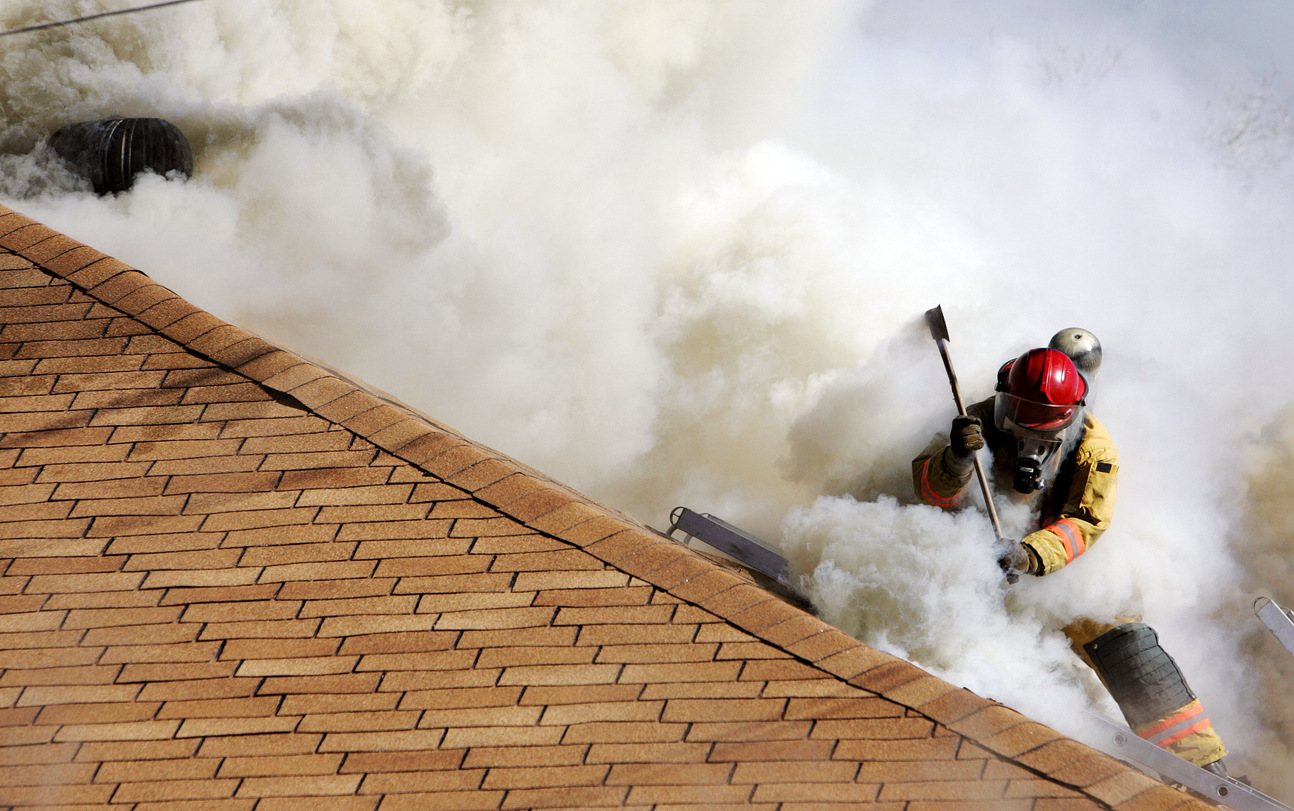Homeowner Safety Tips - Using stains and oils
Author: Courtesy of the Ross Valley Fire Department Archives
Original article here.
The recent, destructive fire in Fairfax emphasizes the potential hazards of improperly using and disposing of oil and stain soaked rags. Spontaneous combustion fires can occur quickly and cause extensive damage to a home. It is important to remember to properly dispose of the used rags.
The most common type of Spontaneous Combustion fires are those caused by improperly disposed of oil and stain soaked rags. Examples of these products are oil- based paints and stains, teak and linseed oils, varnishes and polyurethane, paint thinners, etc. Spontaneous combustion of oily rags occurs when rag or cloth is slowly heated to its ignition point through oxidation. A substance will begin to release heat as it oxidizes. If this heat has no way to escape, like in a pile, the temperature will raise to a level high enough to ignite the oil and ignite the rag or cloth. The fire from this can spread quickly to other combustibles and cause great damage to your home or property. Over the past decade, Ross Valley Fire has responded to many fires that were caused by spontaneous combustion. FIrefighters quickly contained and extinguished most of those fires, however some entirely destroyed the home. Nationally there are over 14,000 fires a year causing millions of dollars in damage.
To properly and safely dispose of oily rags, Ross Valley Fire Department recommends the following steps:
- Use a container with a tight fitting lid. A metal can is preferable but a plastic can or zip lock bag can work if nothing else is available.
- Place soiled and used rags inside and then fill the rest the way with water, seal the top and do not open it. This will prevent the oils from oxidizing, and thus keeping the rags from heating up and igniting.
- Contact your local garbage disposal company for their policy on disposal of the can and contents. Some companies will permit disposal in regular household trash.
These fires are not limited to do-it-yourselfer's. Professional woodworkers and painters have also had projects and structures lost to these fires. These safety tips are for anyone who uses oils and stains susceptible to spontaneous combustion.
Some staining or finishing products, especially those that contain products such as linseed oil, dry by a process called oxidation. Unlike finishes that dry by evaporation of the solvents, those that dry by oxidation generate heat as a by-product. Should the heat increase until it reaches the ignition temperature of the rag, a fire will result. No outside spark is needed, all the heat is self-generated. The likelihood of a fire starting is even greater when the rag is left folded or in a ball. This acts like an insulated blanket, preventing the heat from escaping.
Prevention of spontaneous combustion fires begins with good housekeeping. A clean work area can prevent a fire from spreading and getting bigger by not allowing the fire fuel to burn. Also understanding the potential for self-heating of rags soiled with oils such as linseed oil and turpentine is a key step in eliminating these preventable fires.



